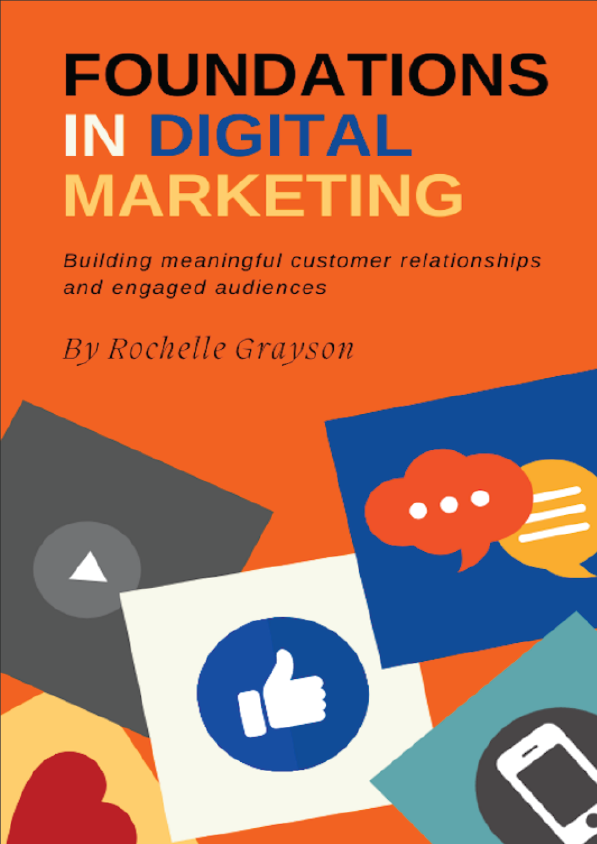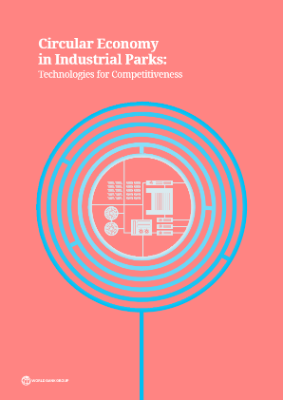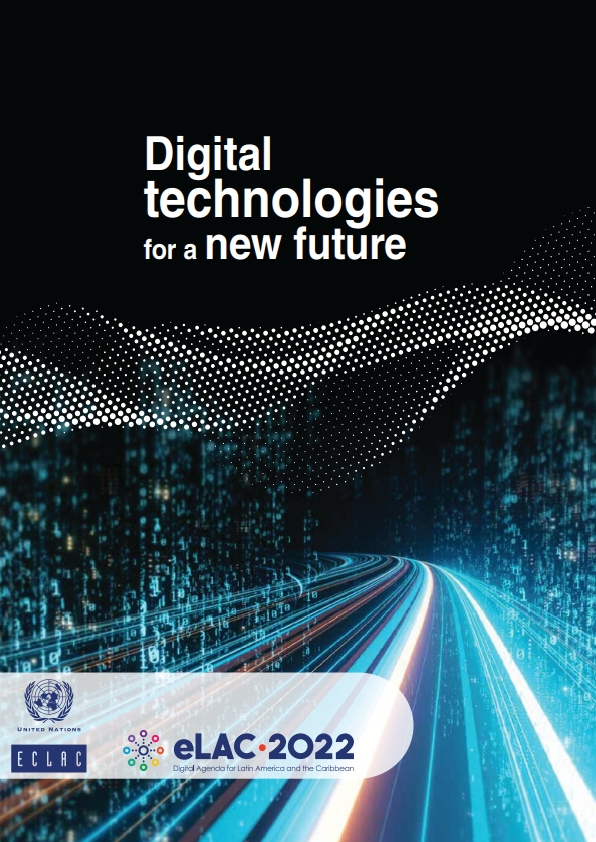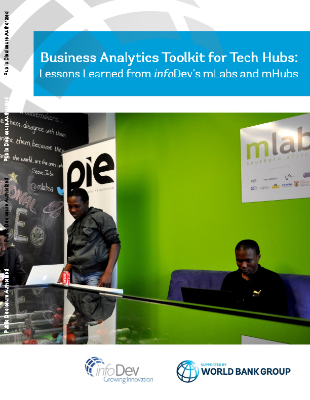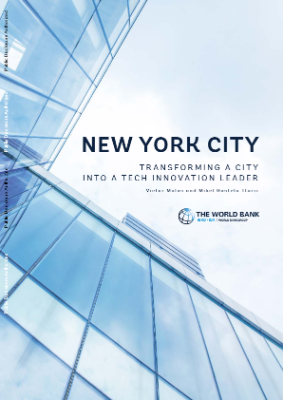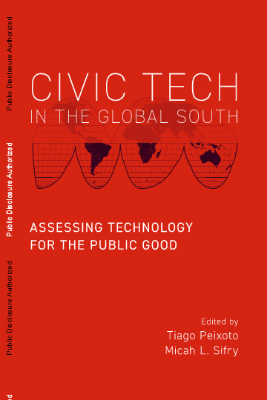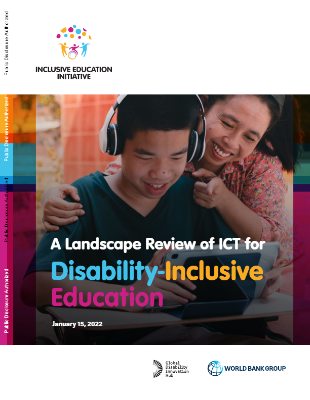In this book, we will delve into each of these areas. However, before diving into those details, let’s first define what digital marketing is. At its core, digital marketing builds meaningful relationships with target audiences using digital channels and tools. For many marketers, their target audience will likely be potential or existing customers. But, depending on your organization or the goals of your marketing activities, your target audience could also be:
- Employees (potential or existing)
- Senior leaders in your organization
- Investors / funding agencies
- Strategic partners / alliances
We will share more about this in the Target Markets and Audiences chapter, but please note that target audiences are not always defined as simply customers or clients.
Impact of the Global Pandemic
The global pandemic has had a significant impact on digital marketing. Since more people have been staying at home and/or working from home, there has been a huge increase in online activity. These large increases in online traffic have provided opportunities for organizations to further engage with their target audiences through digital marketing initiatives. As a result, digital marketing activity has increased exponentially in recent years. According to a recent study by market research firm, Global International Analyst, the global market for digital advertising and marketing was estimated at US$350 Billion in 2020 and is projected to reach a US$786.2 Billion by 2026. And more than 75% of consumers took a new interest in online activities in 2020. Of those, 21% purchased a product online for the first time. So, the global pandemic has clearly disrupted marketing as we knew it and accelerated the use of new digital marketing practices, which will continue to grow and evolve in the years to come.
Types of Media
Despite these significant changes in the digital marketing landscape, there is still a proven marketing framework that many marketers continue to turn to for their marketing strategies: the POEM framework.
The POEM framework can be applied to many marketing practices, e.g., social media marketing, search engine optimization and marketing, email marketing, print advertising, retail marketing, and many more.
POEM stands for paid, owned, and earned media. While not a new framework, POEM represents a foundational approach to any a digital marketing strategy. POEM can be used to formulate and guide your digital marketing strategy and tactics, allowing you to capture more qualified leads and deliver better results.
There are three key components to the POEM framework:
- Paid Media represents sponsored or paid ads that organizations run on various communication platforms. Digital examples include Facebook ads, Google ads, LinkedIn sponsored ads, banner or display ads, YouTube video ads, etc. However, offline paid media is also included, e.g., newspaper, radio, and magazine ads. In essence, paid media is any media where you pay to get exposure or access to an audience that you may not have an existing relationship with, i.e., “strangers”.
- Owned Media includes the content an organization creates and controls. Websites, enewsletters, and blogs are good online examples. Offline examples could be a physical store, trade show booth, a paper newsletter, or even your employees (because they do represent your organization and your brand). The target audience for this type media is often prospective or existing customers.
- Earned Media represents content about your organization, services, or products, but created and distributed by others. Digital examples include shared posts, posts by customers about your organization, reviews, referrals, etc. Non-digital examples could include articles written by news organizations based on a press release or anyone who decides to write about your organization on their own. In essence, when you have earned the attention of your fans or advocates such that they “talk” about your brand, this is considered earned media.
